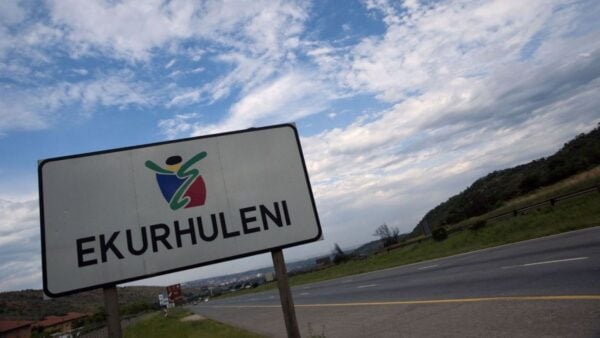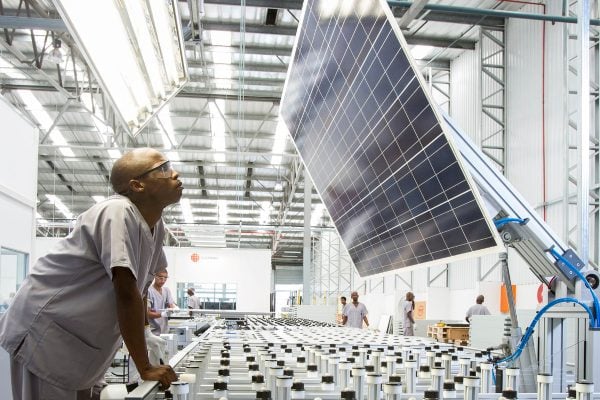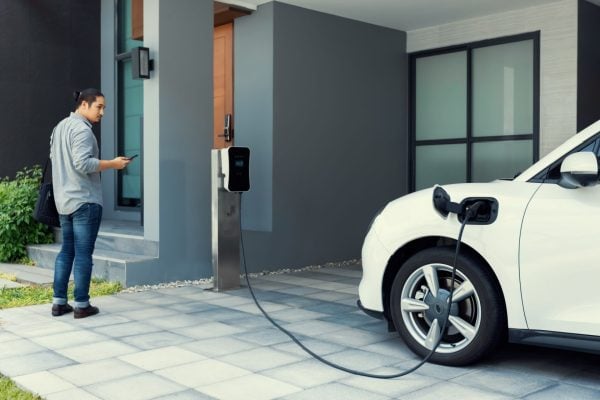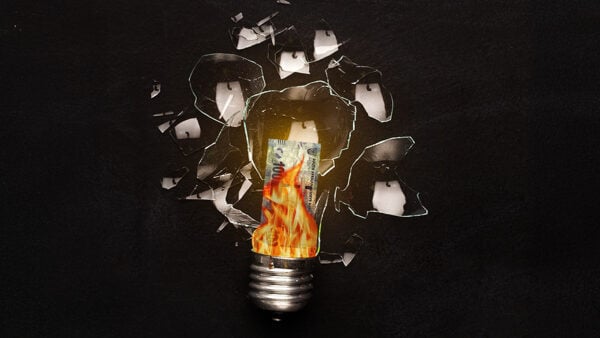Eskom R50-million win

Eskom has revealed that infrastructure vandalism and theft cost R221 million between 1 April 2024 and 28 February 2025 — R50 million less than the R271 million the criminal activities cost the utility in the same period the previous year.
However, the state-owned power utility warned that the frequency of incidents remains high and is a serious concern, as criminal acts have widespread consequences for the electricity supply and threaten public safety.
“Eskom acknowledges a decline in criminal activities targeting its electrical infrastructure, including mini-substations, high-voltage pylons, and transformers, compared to the previous year,” it said in a statement.
“Despite this improvement, the issue demands ongoing vigilance and proactive community involvement.”
The power utility also applauded the South African Police Service for its intelligence-driven operation to address vandalism and theft.
Its efforts led to the arrest of six suspects found in possession of Eskom property valued at R1.5 million. They appeared in the Ngwelezane Magistrate’s Court on Monday, 7 April 2025.
Monde Bala, Eskom’s group executive for distribution, urges communities to safeguard the utility’s infrastructure.
“Reliable electricity is essential for daily life — preserving food, cooking, heating, lighting, and enabling children to study after dark. Protecting this infrastructure is a shared responsibility,” said Bala.
“Vandalism results in unplanned power outages, often leaving homes and businesses without electricity for extended periods.”
He also noted that restoration processes can be prolonged, especially when critical infrastructure like transformers and high-voltage breaker components are damaged.
“These items can take weeks to replace,” added Bala.
Bala warned of an alarming increase in new theft-related incidents, including thieves removing pylon steel structures, illegally mining sand around pylons, and siphoning oil from transformers.
“When transformers are drained of oil or connected to illegal installations, they can overheat and explode, leading to widespread power outages and, in some cases, loss of life,” said Eskom.
“The theft of steel components from pylons compromises the structural stability of power towers, increasing the risk of collapse — particularly after heavy rainfall.”
The power utility warned that the lack of stability endangers people and animals as high-voltage lines can be deadly upon contact.
Eskom said a rising trend had also been observed where individuals throw metal chains and wires onto powerlines, causing flashovers that trip power lines and disrupt supply.
“Such reckless actions not only contribute to power failures but also put lives at risk,” it said.
“Tragically, there have been cases where individuals suffered severe injuries or lost their lives due to contact with electrified objects hanging from power lines.”
































